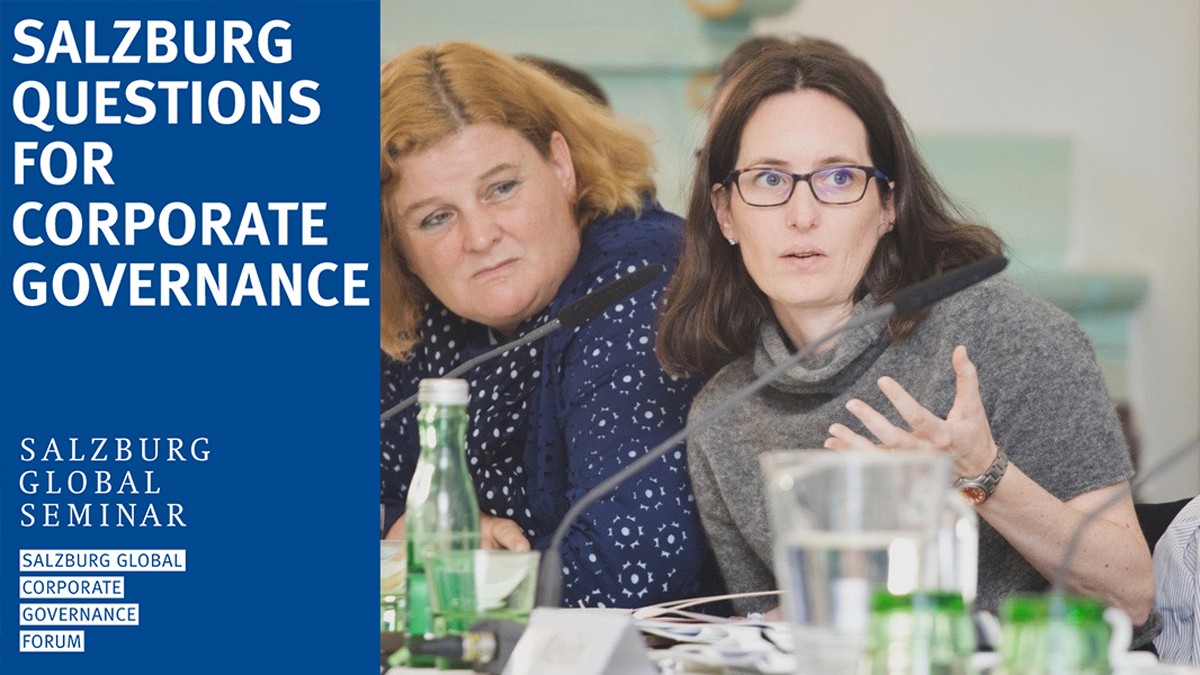Wealth Disparity and Excess Compensation
Description
The company actively works to eliminate intra-organisational pay disparities, whether based on gender, age, jurisdiction, or other differentiators unrelated to skills, performance and experience. The company is mindful of the impacts of its compensation packages – especially those of executives – on community wealth disparity (including impacts on available and affordable community resources).
Share this Subissue on:LinkedIn
Resources
Is it Time to Integrate EESG into Executive Compensation?
There is a growing number of shareholder resolutions requesting the adoption and disclosure of environmental, employee, social, and governance factors into executive compensation. This article will help you to understand why the inclusion of EESG criteria into executive compensation programs is an irreversible trend. It explores key obstacles and opportunities and how to navigate them, and provides advice from global directors and executives who have integrated - or are in the process of integrating - EESG into their compensation plans.
This resource is part of the Salzburg Questions for Corporate Governance series by the Salzburg Global Corporate Governance Forum, and was informed by insights from the Driving Accountability: Integrating EESG into executive compensation program.
Labour Share and Value Distribution
This brief from Re:Structure Lab can help you to better understand how the redistribution of value is essential to eliminating forced labour and other types of economic exploitation from the global economy. The brief explains how profits from production are increasingly captured by powerful brands, retailers, and investors, as well as the key underlying factors that are driving inequitable value distribution. It also highlights solutions, such as direct redistribution of value through wage benchmarking; worker-driven social responsibility programs; support for labour organising; the strengthening of anti-trust measures; and more.
2022 Global Report on ESG Metrics in Executive Incentive Plans
This brief from WTW provides a good introduction to how ESG metrics are currently being used in executive incentive plans, specifically among the world's largest public companies in the Global North. It can help you to build your understanding of the most prevalent metrics being used, as well as how ESG is being measured and incorporated into incentive plans.
Aligning Compensation: An investor brief on fair pay and income inequality
More attention needs to be paid to ensuring corporations recognize and reward the value provided by rest of the workforce. This brief from SHARE highlights how often employee performance is overlooked when considering the contributions that a well-compensated CEO provides. The report also looks at ways to elevate the place of the workforce within listed corporations so that boards, executives, and investors can ensure that employees are incentivised.
Confronting Income Inequality
This guide by The Investment Integration Project (TIIP) will help you to understand why income inequality is one of the major systemic challenges of our time. The first part of the guide (pages 4-11) is most relevant to business. It provides a succinct overview of the issue and a clear case for why it matters, including how it weakens social, environmental, and financial systems. This resource will be most useful to those seeking to communicate this issue with finance professionals within the organisation.
20 Questions Directors Should Ask About Executive Compensation
This briefing from Chartered Accountants of Canada provides a concise and accessible introduction to the topic of executive compensation, and includes a checklist of questions that can help directors to critically assess and effectively oversee compensation-related decisions and practices, as well as to better understand the qualities of an effective compensation program.

